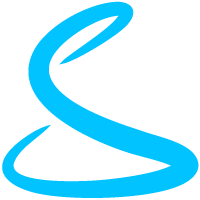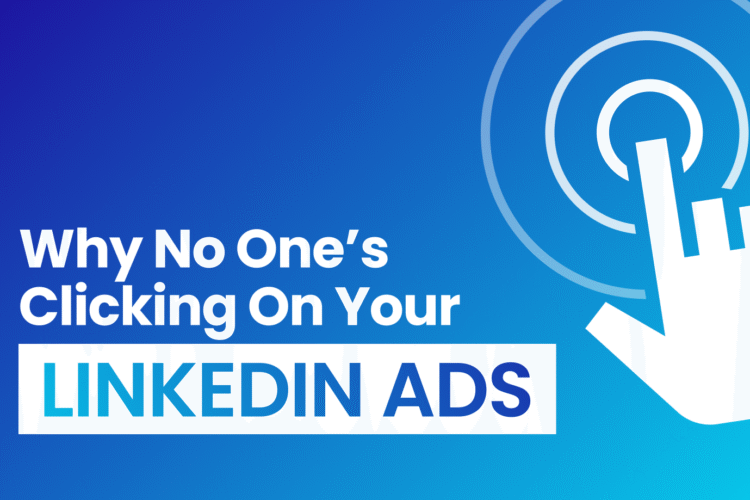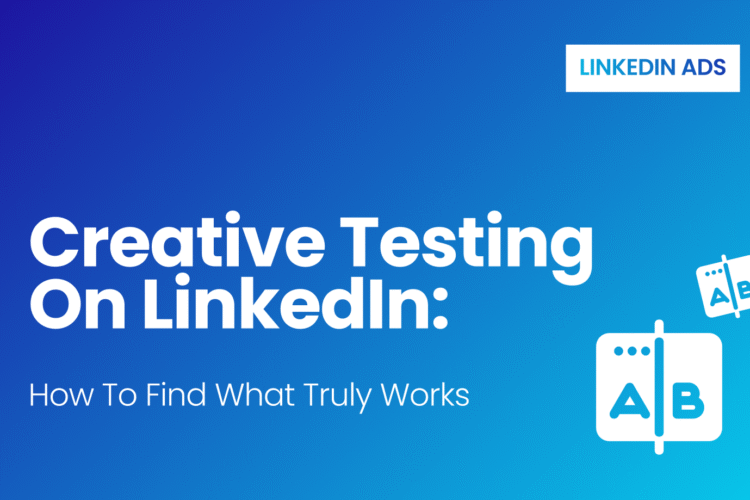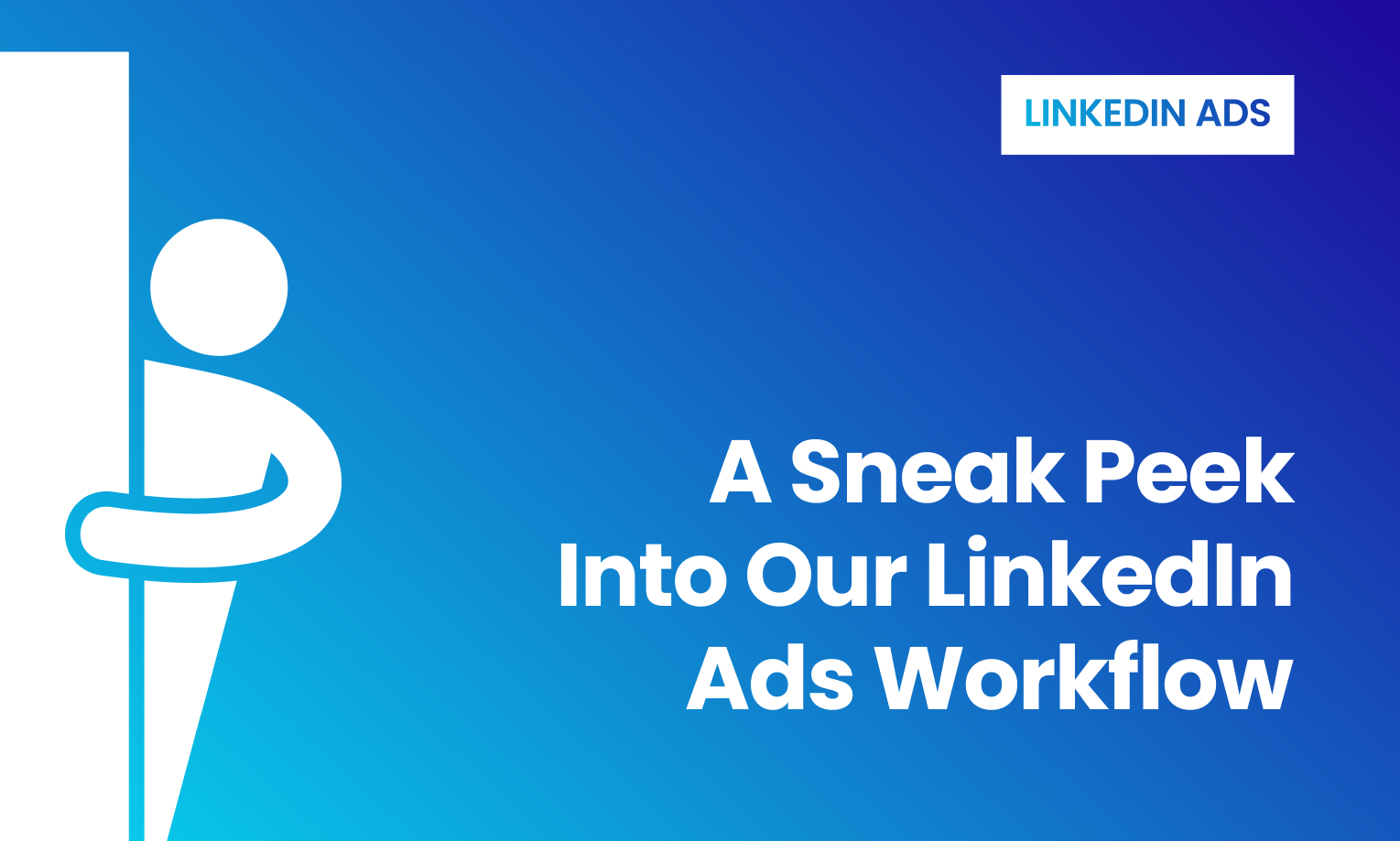
Most people only see the final ad. The creative, the copy, and maybe the comments.
But what they don’t see is the LinkedIn ad process, ie, the strategy that turns those ads into qualified leads, pipeline momentum, and booked sales calls.
As a LinkedIn Ads agency, we’ve spent years (11+ years) refining our approach to running LinkedIn Ads for B2B brands. From SaaS to telecom to drone technology, and even many coaches whose target audience lives on LinkedIn.
And with this article, we are giving you a sneak peek into our working process.
You’ll find the step-by-step process, so you can see what it takes to build a campaign that doesn’t just get clicks, but gets clients.
Stage 1: Deep ICP & Offer Alignment
When CyberNet, a telecom brand, first came to us, their biggest challenge wasn’t ad performance.
It was messaging. Their offers were too generic, their audience too broad, and their targeting didn’t match the buying journey.
That’s why our process always begins with a discovery sprint, a 2–3 hour collaborative workshop where we map out:
- The decision-maker hierarchy (who’s involved vs. who influences)
- The pain points each role feels most urgently
- The offer that matches their stage in the decision cycle
Once this map is clear, we design offers that match intent- not titles.
👉 10 Common LinkedIn Ads Mistakes That Burn Your Budget.
Stage 2: Creative Strategy & Ad Design
Once targeting and an offer are locked, our creative team steps in.
Every campaign starts with 3 ad variations– each testing different creative angles:
- One emotional (pain-driven)
- One value-driven (ROI or outcome)
- One proof-driven (testimonial or result snapshot)
We rotate these formats weekly, usually combining carousels and static visuals, while tracking early signals like scroll depth, CTR, and form opens.
For Flyability (a Swiss drone company), this approach drove a 1%+ CTR and 15–18 qualified leads/month using purely MoFu content offers.
(See the full Flyability LinkedIn Ad case study here)
Stage 3: Funnel Setup & Lead Qualification
This is where most campaigns go wrong.
Many marketers rush into launching ads before setting up the lead journey. We don’t.
We evaluate whether the offer should use:
- A LinkedIn Lead Gen Form (when the audience is cold or the offer is top-of-funnel)
- A Landing Page (for warmer MoFu/BoFu offers requiring depth and context)
Each lead then enters a custom follow-up sequence– from retargeting ads to tailored email nurturing.
This ensures the leads don’t go cold before sales can act.
A short & quick rundown on how the funnel system works:
- TOFU (Top of Funnel / Awareness): Broad audience, light content. The goal is to introduce your brand, build visibility, and start engagement. The messaging should be value-first, not pushy.
- MOFU (Middle of Funnel / Consideration): Audience knows you (or at least has seen you) and is considering options. Content here is deeper- guides, webinars, proof, comparison. You move from “Who are you?” to “How can you solve my problem?”
- BOFU (Bottom of Funnel / Decision): Ready-to-act audience. Content is highly specific: case studies, demos, testimonials, and comparison charts. The messaging is more direct, aimed at conversion.
👉 Also learn: How to Build a Full-Funnel LinkedIn Ads Strategy
Stage 4: Reporting, Optimization & Client Check-Ins
We don’t believe in vanity metrics.
Our reports focus on what actually matters: conversations.
Every week, we send a performance snapshot that includes:
- CTR, CPC, and CPL trends
- Conversion quality indicators (lead-to-demo ratio)
- Ad fatigue warnings and copy refresh recommendations
During our weekly sync, we review not just metrics but real outcomes- how many of those leads are moving to meetings or proposals.
That’s how our clients maintain sustainable ROI.
Struggling to choose between outsourcing LinkedIn ads and doing it in-house?
👉Read this cost & ROI breakdown in this article: LinkedIn Ads: Outsourcing vs. In-House Team: Cost & ROI Breakdown.
Stage 5: What Clients Love (and Why They Stay)
Transparency. That’s the biggest reason our clients stay for years.
Our goal is to empower our clients’ in-house marketing teams to be more confident with LinkedIn as a full-funnel channel.
As Irine Gasic, Digital Marketing Head at CyberNet, put it:
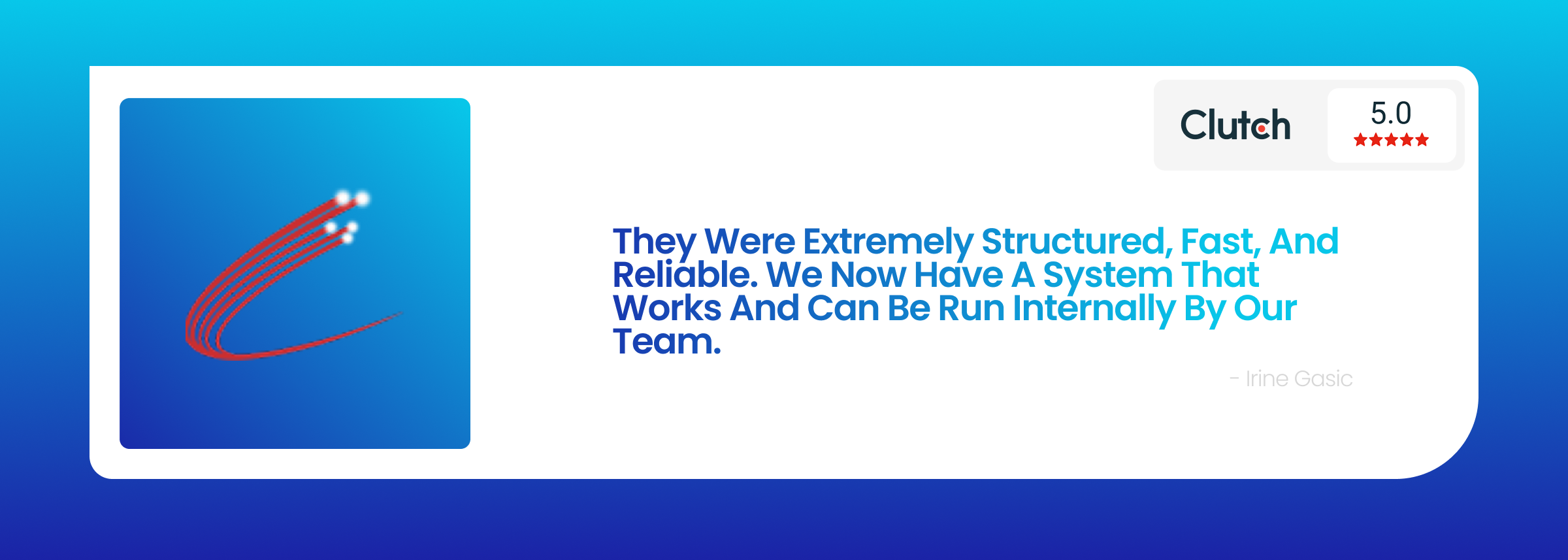
Read the full CyberNet story here.
Stage 6: What This Looks Like for Your Brand
If your brand already has a presence on LinkedIn but isn’t seeing ROI from paid campaigns, it’s probably not about the platform- it’s about the process.
And that’s what we specialize in.
We audit your funnel, refine your messaging, and establish a campaign flow that drives conversions.
👉 If you’re thinking of turning LinkedIn into your best-performing B2B channel this quarter,
book a 20-minute strategy call with our founder.
FAQs
1. How long does it take to see results from LinkedIn Ads?
Most of our clients begin seeing traction within 3–4 weeks once the campaigns are fully optimized.
We typically run initial tests in the first 10–14 days, then double down on the highest-performing audiences and creatives by week 3.
Full-funnel maturity (consistent qualified leads) usually happens within 6–8 weeks.
2. Why do you emphasize MoFu (Middle of Funnel) ads for B2B lead generation?
Because that’s where the intent meets education.
MoFu audiences already know your brand (thanks to ToFu awareness campaigns) and are now evaluating solutions.
In our experience with clients like CyberNet (Telecom) and Flyability (Drones), MoFu campaigns have consistently produced 12–20% conversion rates– far higher than ToFu or BoFu campaigns.
3. What’s the difference between ToFu, MoFu, and BoFu campaigns on LinkedIn?
- ToFu (Top of Funnel): Brand awareness, engagement, and reach. Ads here introduce your company and build familiarity.
- MoFu (Middle of Funnel): Consideration and lead generation. Ads here promote resources like guides, webinars, or reports that convert warm audiences.
- BoFu (Bottom of Funnel): Retargeting and conversions. Ads here push for demos, trials, or consultations with precise audiences.
Each stage plays a distinct role in the full-funnel LinkedIn Ads strategy.
4. What kind of content or offers work best for each funnel stage?
- ToFu: Thought-leadership posts, short videos, carousels, and company storytelling.
- MoFu: Case studies, gated guides, whitepapers, and LinkedIn lead-gen forms.
- BoFu: Demo invitations, client testimonials, and ROI proof.
We build these content assets around each stage so your message stays aligned with where the buyer is in their journey.
5. How does Shivyaanchi measure ROI from LinkedIn Ads?
We go beyond clicks and CPLs. Our reports show:
- Lead quality (via CRM integration)
- Lead-to-demo and demo-to-deal ratios
- Ad fatigue metrics and audience overlap insights
This helps us tie ad performance directly to pipeline and revenue, not just engagement metrics.
